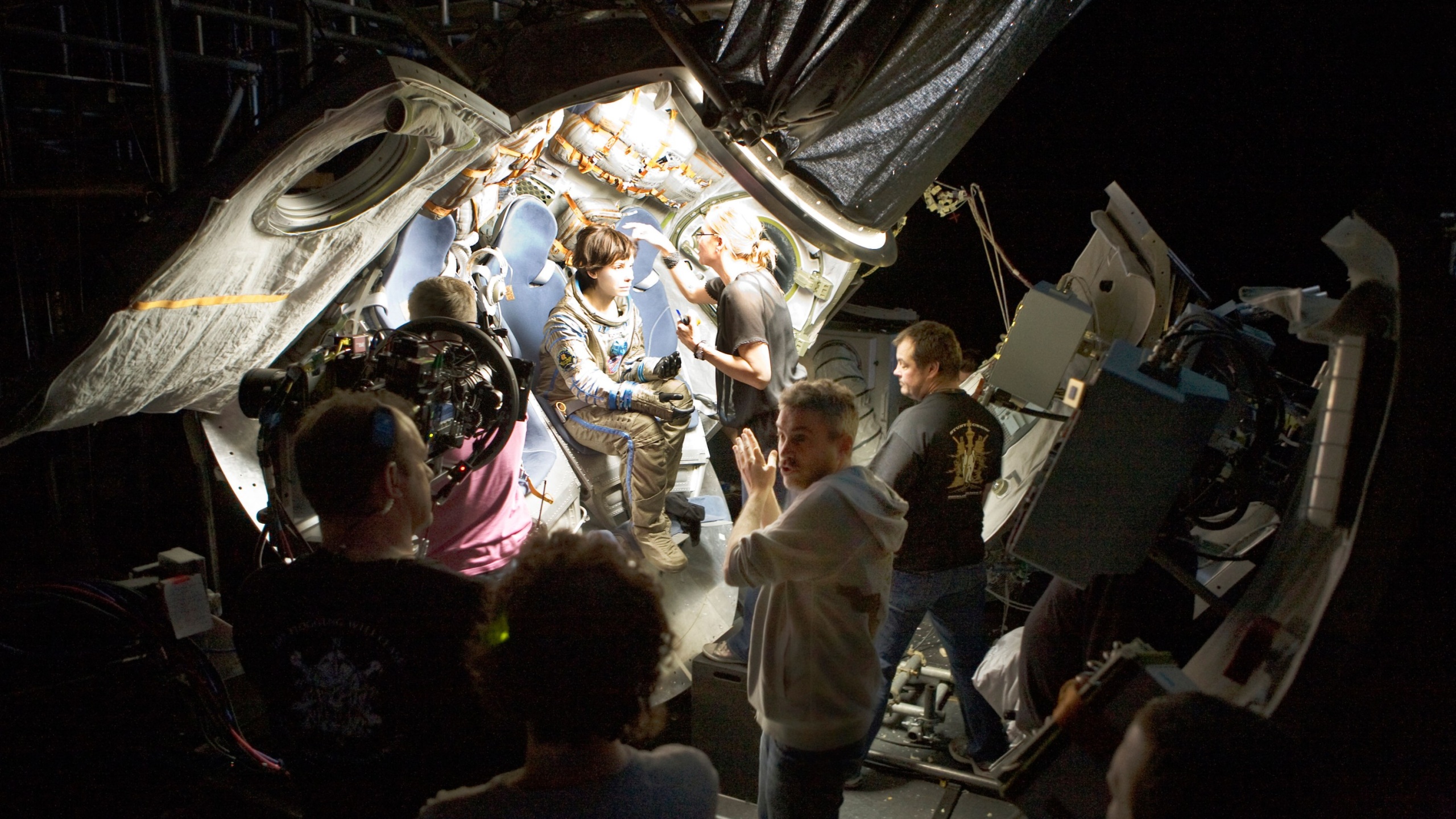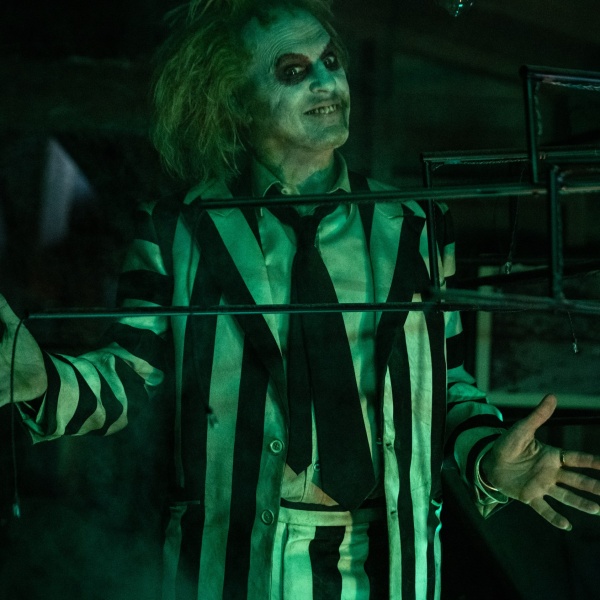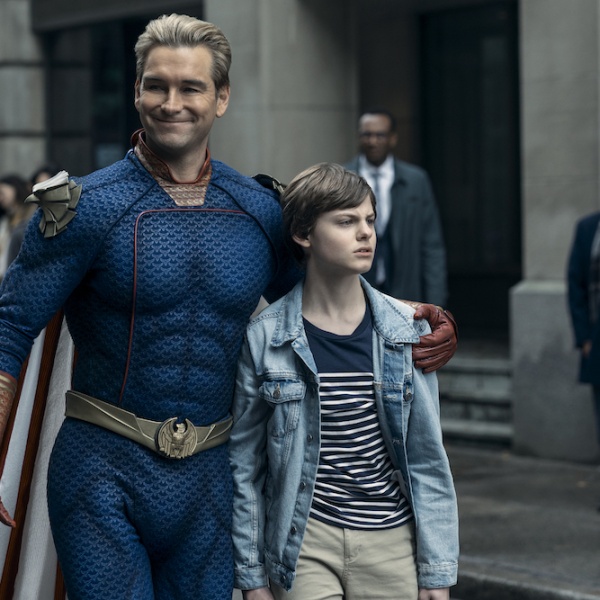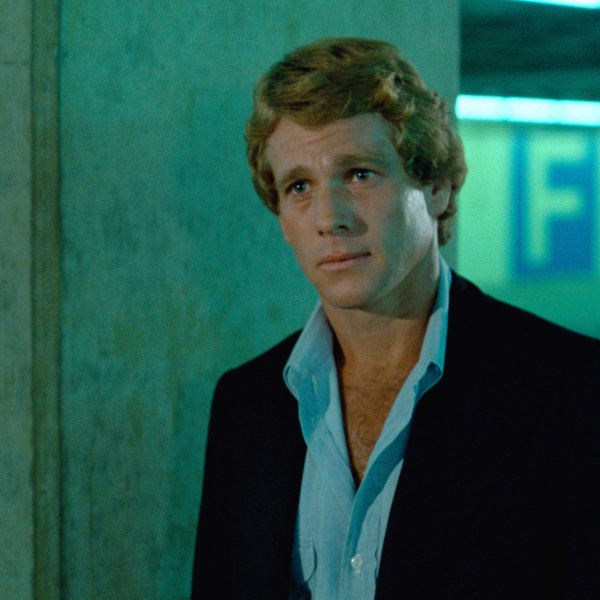Before the groundbreaking, visually stunning space thriller “Gravity” won Alfonso Cuarón his first Academy Award for Best Director, it was just an idea the filmmaker and his son banged out hoping to scrounge up some money from studios. As reported by Deadline, this weekend, prior to receiving the Lifetime Achievement Award at Locarno Film Festival in Switzerland, Cuarón participated in the latest session of the masterclass series held there where he discussed the fallout from “Children of Men” that led to him making “Gravity,” as well as the technical and financial challenges he faced along the way.
“After ‘Children of Men,’ which was a complete commercial flop ($70 million worldwide on a $76 million budget), the appetite to work with me plummeted,” Cuarón said. “So I started writing and developing a film with my son. I started prepping and the cast featured Charlotte Gainsbourg and Guillaume Canet. It was about a road trip from the South of France to the north of Scotland. It was very difficult to finance and the film fell apart. At the same time, I was going through the worst times in my personal life.”
Cuarón went on to share how he was “completely out of money” and told his collaborators that he needed to keep working, “but no arty shit.” He needed a project “that would let a studio give me a check.”
Cuarón went on to outline and script “Gravity” with his son, Jonas, but when they presented it to Warner Bros., the studio wasn’t willing to give them much money. To add to his struggles, after bringing the project to frequent collaborator, DP Emmanuel Lubezki, Cuarón realized the film may be more technologically ambitious than he initially assumed. He consulted fellow director David Fincher, but was only further dissuaded from pursuing the project.
“Fincher told us to forget about it, there’s no tech, wait 6 years. And he wasn’t wrong,” Cuarón said. “James Cameron told us how we could do it but that was a $400 million film. We told him only you can do that. And he said yeah you’re right. So we developed our own way.”
Utilizing Industrial Light & Magic’s LED-based StageCraft technology known as The Volume, as well as a mix of animation, Cuarón and Lubezki found a way to capture the look and feeling of space in-camera.
“We developed the film over three or four years technologically,” he said. “Thank God we had an exec who was very geeky.”
Unfortunately, Warner Bros. was also intent on testing “Gravity” before an audience prior to the film’s complex VFX work being completed. As Cuarón predicted, the film tested poorly, with audiences slamming the visuals and the studio subsequently started showing reservations towards the project. However, he told the audience at Locarno that “thanks to film festivals,” the project became a commercial success.
“It opened at Venice and the reception was amazing,” said Cuarón. “That’s when the studio started to love it.”
In addition to garnering seven Academy Awards, “Gravity” also earned $732 million at the box office, allowing Cuarón to pursue personal projects again with his 2018 Spanish-language Oscar winner, “Roma.”





